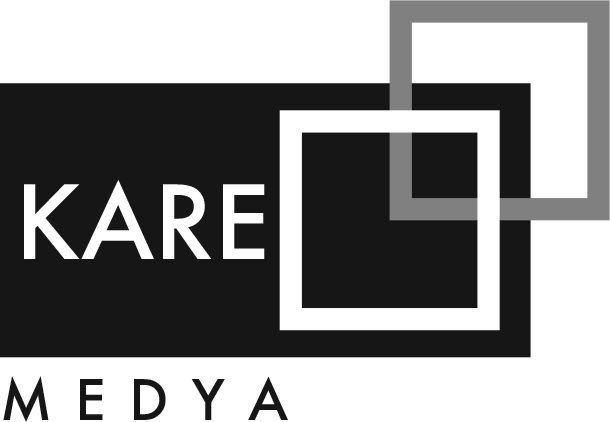
Journal of Education and Research in Nursing
Nursing Students’ Leadership Orientation and Levels of Motivation
Nebahat Özdemir Özkan1, Semiha Akın2, Zehra Durna21Antakya State Hospital Hatay2İstanbul Bilim University
OBJECTIVE: The aim of the study was to assess the nursing students’ leadership behaviours and professional motivation, and associated factors with students’ leadership behaviours and professional motivation.
METHODS: The study adopted a descriptive design. Research sample consisted of second-, third- and fourth-class students (n = 300) studying at the nursing school. Data were collected using student information form, Leadership Orientations Questionnaire (Self) and Motivation’s Resources and Problems Scale.
RESULTS: The nursing students obtained higher scores from human resource leadership domain, and lowest scores from political leadership domain. Students who rated their academic performance as good obtained higher scores from symbolic leadership domain comparing to students who rated their academic performance as average. Nursing students’ intrinsic motivation level was higher (45.10 ± 5.94) than their extrinsic motivation (21.11 ± 2.80), for professional learning motivation was at a good level (31.48 ± 4.99). Nursing students’ negative motivation was above moderate level (28.24 ± 6.24). Negative motivation and professional learning motivation level was higher in fourth-class students than second- or third- class nursing students (p< 0.05). The intrinsic and extrinsic motivation was higher in female nursing students than male nursing students were (p< 0.05).
CONCLUSION: This study suggests that it is vital to develop the curriculum of nursing schools for improving nursing students’ internal, external and professional learning motivation and leadership skills.
Keywords: Motivation, leadership, nursing student.
Hemşirelik Öğrencilerinin Liderlik Yönelimleri ve Motivasyon Düzeyleri
Nebahat Özdemir Özkan1, Semiha Akın2, Zehra Durna21Antakya Devlet Hastanesi Hatay2İstanbul Bilim Üniversitesi
AMAÇ: Bu çalışma hemşirelik öğrencilerinin liderlik davranışları ve motivasyon düzeylerini değerlendirmek, hemşirelik öğrencilerinin liderlik davranışları ve motivasyon düzeyleri ile ilişkili faktörleri belirlemek amacı ile planlanmış bir araştırmadır.
YÖNTEMLER: Tanımlayıcı tipte bir araştırmadır. Araştırma örneklemini ikinci, üçüncü ve dördüncü sınıf hemşirelik öğrencileri (n = 300) oluşturdu. Veriler öğrenci bilgi formu, Liderlik Yönelimleri Ölçeği ve Güdülenme Kaynakları ve Sorunları Ölçeği ile elde edildi.
BULGULAR: Hemşirelik öğrencilerinin İnsana Yönelik Liderlik boyutu özelliklerinin en fazla, Dönüşümsel Liderlik boyutu özelliklerinin ise en az sergilenen liderlik davranışları olduğu belirlendi. Akademik başarısını iyi olarak tanımlayan öğrencilerin karizmatik liderlik davranışlarını sergileme düzeyi akademik başarısını orta olarak tanımlayan öğrencilere göre daha yüksek bulundu. Lisans öğrenimlerini sürdüren hemşirelik öğrencilerinde içsel güdülenme düzeyi (45.10 ± 5.94) dışsal güdülenme düzeyinden (21.11 ± 2.80) daha yüksek, mesleksel öğrenme konusundaki güdülenme iyi düzeyde (31.48 ± 4.99) saptandı. Olumsuz güdülenme düzeyi ortanın üstünde (28.24 ± 6.24) bulundu. Dördüncü sınıf öğrencilerin olumsuz güdülenme düzeyi ve mesleksel öğrenme ile ilgili güdülenme düzeyi ikinci ve üçüncü sınıf öğrencilerine göre daha yüksek bulundu (p<0.05). Kız öğrencilerde içsel güdülenme ve dışsal güdülenme düzeyi erkek öğrencilere göre daha yüksek bulundu (p<0.05).
SONUÇ: Hemşirelik yüksekokullarındaki eğitim programlarının öğrencilerin içsel, dışsal ve mesleksel öğrenme konusundaki güdülenme düzeyini ve liderlik becerilerini geliştirecek yönde zenginleştirilmesi önerilmektedir.
Anahtar Kelimeler: Motivasyon, liderlik, hemşirelik öğrencisi.
Manuscript Language: Turkish
© 2025 Journal of Education and Research in Nursing. All rights reserved for the website content. Articles published in this journal are licensed under a CC BY-NC license.


